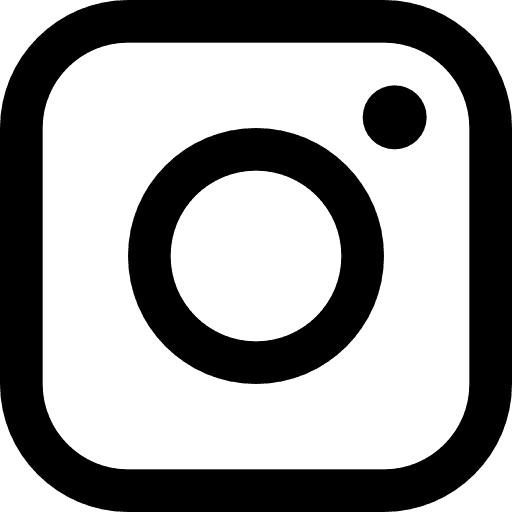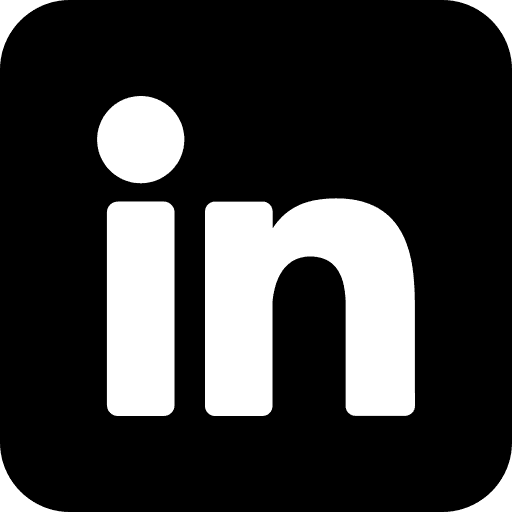App Design | Insurance | Redesign
Nan Shan Insurance App
A streamlined app experience for policyholders to manage their insurance with ease and efficiency
Overview
Nan Shan Life Insurance is a major Taiwanese insurer, serving over 6 million policyholders. It is committed to sustainable growth, customer-centric solutions, and technological innovation in Taiwan's insurance sector. The extremely low adoption rate (1%) and a mediocre App Store rating (3.3/5.0) revealed critical user experience gaps. Policyholders consistently struggled to access policy details and track insurance claims within the app, leading most to rely heavily on offline services, a process that is both inefficient and lacks spontaneity.
Outcomes & Impact
Balancing user needs and business goals, I redesigned the app's information architecture with easy navigation, transparent personalized information, and intuitive flows for insurance management. The user rating increased significantly from 3.3 to 4.2, with positive feedback highlighting a simple interface, clear information, and high readability.
27%
Increase in app rating
29
Happier stakeholders
My Role
Concept
UX Design
UX Research
Workshop Facilitation
Team
UX Designer (Me)
Design Lead
UX Researchers
UI Designer
Product Manager
Tools
Sketch
Zeplin
Keynote
Google Sheets
Timeframe
Define problems
Policyholders faced difficulties locating their insurance information and tracking their claims
● User Problems: Poor app navigation, outdated information, and limited features drive users to paper policies and agents, leading to issues like lost documents, claim delays and neglect by agents.
● Business Problems: Despite its goal to attract younger customers and optimize human resources, the app has an adoption rate of less than 1%, with monthly active users (MAU) dropping from 35,000 to 25,000 since April 2019.
Monthly Active Users & Weekly Active Users (Source: Nan Shan Insurance)
Stakeholder alignment
Align all 11 departments with interviews and prioritization workshops
With the business goal set, defining project scope became challenging. The project involved 27 managers from 11 departments, each with unique KPIs. This led to scope misalignment, with every department pushing for their services, resulting in over 100 potential features.
To align priorities, we interviewed 27 managers and 2 insurance agents, and held two prioritization workshops using techniques like the $100 Test. This streamlined cross-departmental communication and reduced the design scope from over 100 to 50 core features.
I planned and facilitated the prioritization workshop
We utilized the $100 test technique to prioritize features
Project goals
Making mobile insurance effortless and engaging
● User goal
Manage their insurance policies more easily and efficiently on mobile devices.
● Business goal
Boost adoption rates by offering diverse app features.
User interview
Users found it difficult to access the most relevant and latest information on the app
We interviewed 8 Nan Shan Life policyholders. Key questions included:
What did you do on the app last time?
What do you typically use the app for, and why is it important?
When and how do you usually manage your insurance?
Clients attended user interviews as observers
Participants categorized services using Card Sorting
The key insights were:

Key Finding 01
Users feel anxious about not seeing the updated status of their insurance.

Key Findings 02
Users struggle to access the details of insurance policies when emergency.

Key Findings 03
Filing insurance claims on the app is complicated and time-consuming.

Key Findings 04
Instant notifications is important when the status of insurance policies change.
Persona
Let's meet Eva and Willy
Persona 01 - Eva Chang
Bio: 45-year-old financial manager with moderate digital literacy
Goals: Prioritizes supporting and caring for their family.
Eva is the primary caretaker and decision-maker when it comes to her family’s insurance needs. She manages multiple policies across different family members and wants to ensure everyone is properly covered and up to date. With a busy schedule, she values tools that help her stay organized, simplify complex information, and give her peace of mind that her family is protected.
Persona 01 - Family Guardian
Persona 02 - Willy Li
Bio: 28-year-old business analyst with high digital literacy
Goals: Values independence and self-reliance.
Willy is a young, single professional managing his own insurance for the first time. With a limited budget and limited knowledge about insurance, he’s looking to make smart, informed decisions. He’s curious and eager to learn more about the cost-benefit of different plans and values tools that offer personalized guidance, clear explanations, and help him confidently navigate the world of insurance.
Persona 02 - Insurance Novice
Ideation
Design a streamlined, intuitive insurance experience for Family Guardian
After aligning with management and analyzing customer characteristics, I moved forward with the Family Guardian (Persona 01), our primary persona.
By asking the question, "How might we enable policyholders to effortlessly access personalized and real-time information, ensuring a sense of ease?" I started with reconstructing the app's information structure to improve navigation.
Bottom tab bar
Hamburger menu
Full-screen
After choosing the bottom tab bar as our navigation pattern, I then brainstormed ideas and created low-fi and mid-fi wireframes for the homepage and main user flows, focusing on the needs of family-oriented users.
Wireframes of the homepage & Notes
Wireframes of the insurance landing page
Final design
Nan Shan Insurance App redesign: Putting policy management in the hands of the user
In the redesign, I streamlined navigation and core user flows, enabling policyholders to easily modify policies, pay premiums, or file claims immediately upon entering the app. I then collaborated with the UI Designer to refine the final design, ensuring a user-friendly and clean interface.
Keep users updated on the progress of payments and claims
The new homepage offers claims progress and a personal information overview for easy tracking and real-time updates.
Provide individual and family coverage overview and personalized advice
Users can add family members for a comprehensive view of their insurance and get personalized advice.
Guide users in step-by-step insurance evaluation
Users can now easily import family members' policies using a step-by-step guide for a complete insurance evaluation.
Outcomes & Impact
Happier Users, Better Communication at Nan Shan Life Insurance
● User impact: The redesign led to a notable increase in user satisfaction, with the app rating improving from 3.3 to 4.2. User feedback emphasized the simpler interface, clearer information, and enhanced readability.
● Business impact: Interviews and prioritization workshops across 11 departments resulted in improved cross-departmental communication within Nan Shan Life Insurance, a company of over 4,000 employees.


"I'm really impressed with the new app! It's simple, easy to read, and I can see the policy status now." - A Nan Shan Insurance Policyholder


Reflection
Lessons I learned: creativity, focus, and addressing unintended consequences
This project showed me that stakeholder alignment doesn’t have to be rigid or overly formal. By using interactive UX workshops, we built genuine consensus across teams. I also learned the importance of focusing on one primary user group—instead of trying to please everyone, we created a more purposeful and effective experience. Finally, we considered the ripple effects of our design. Since the app could impact insurance agents’ roles, we brought them into the process early through interviews and workshops, helping them see how the tool could support rather than replace their work.



















